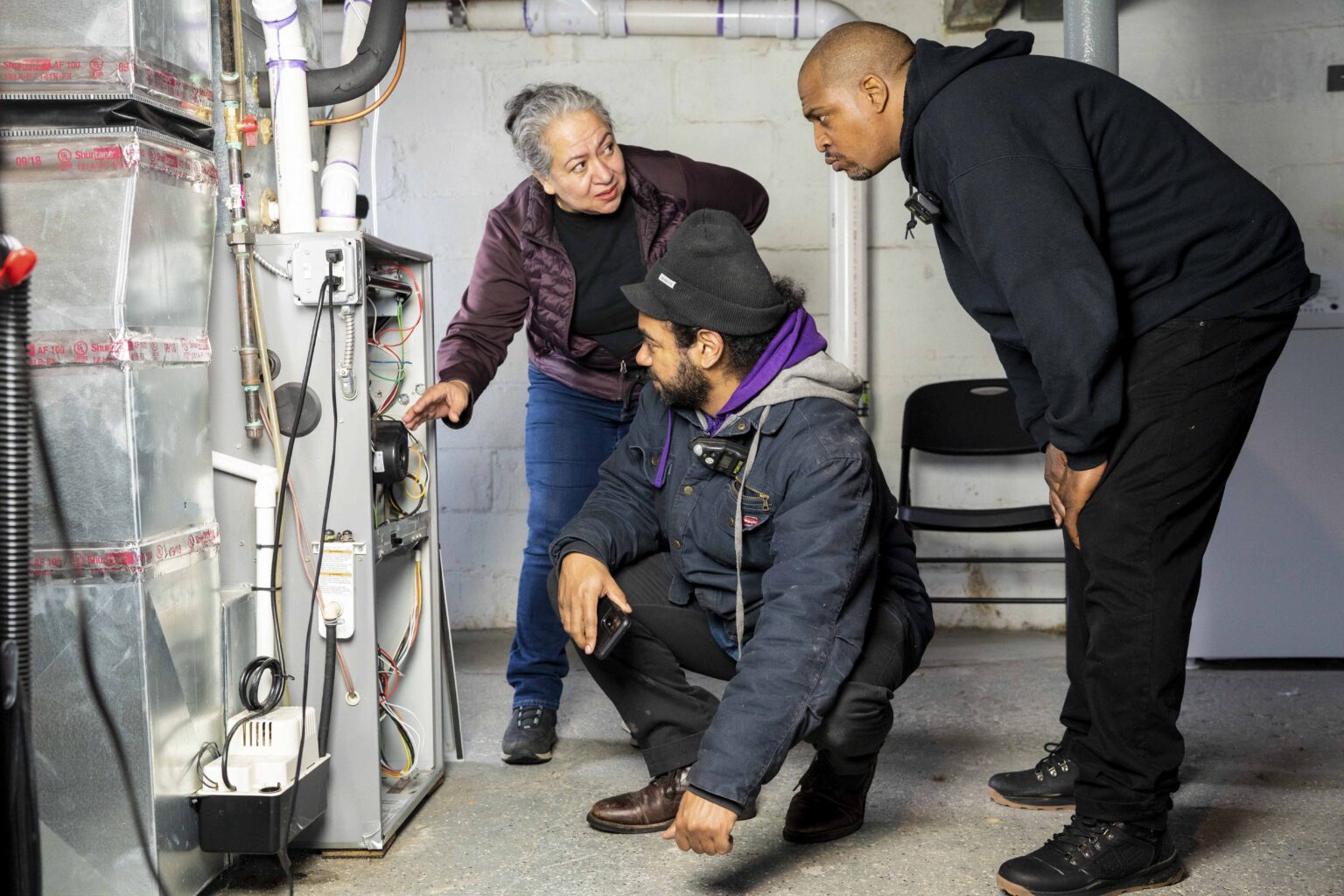Launching a new public program or scaling digital services to meet growing demand can feel unpredictable — you don’t always know what challenges or opportunities lie ahead. But it doesn’t have to be daunting.
When we helped launch Energy Saver NC, a statewide initiative focused on equitable home energy upgrades, we faced high stakes and complex needs – but we also uncovered lessons that can guide any ambitious public program.
Understanding the Program Goals
First, the program’s goals serve as your GPS. Without a clear destination, you can quickly get lost. For Energy Saver NC, the key objectives included:
If your program touches federal funding, new tech rollouts, or serves low- and moderate-income (LMI) populations, you might have similar priorities. These nine lessons can help guide your path forward.
1. Start with a Public Launch
Visibility matters. A formal public launch builds early momentum, sets expectations, and signals to stakeholders – including contractors, local governments, and residents – that this is an important, well-supported effort.
2. Contractors Are Key Partners
Treat contractors as essential partners. Offer personalized service, technical training, marketing materials, and simplified onboarding processes. When contractors feel supported and aligned with program goals, they become an effective advocate.
3. Pilot First. Scale Smart.
Running a pilot or phased rollout helps test your systems, gather feedback, and avoid large-scale missteps. Even a short pilot period can raise critical issues and improve long-term outcomes.
4. Invest in Data Infrastructure Early
Strong data systems are the backbone of effective program delivery, evaluation, and compliance. Establish clear data sharing protocols, privacy standards, and tracking systems early – before applications start rolling in.
5. Customer Communication Takes Time
Optimizing customer outreach isn’t a one-and-done task – it’s an ongoing process. Clear, simple communication is essential to increase participation, especially when customers may not fully understand the benefits (or trade-offs) of new technologies. Call people. Direct outreach can go a long way in building understanding and trust.
6. Telling the Program’s Story Builds Trust
People are more likely to engage when they understand why a program exists and how it benefits their community. Share stories, goals, and real-life impacts. Transparency isn’t just a compliance requirement – it’s a tool for building trust.
7. Leverage Local Partners for Greater Reach
Local governments, community organizations, and utilities already have strong ties in the community. Collaborating with them can expand your program’s reach. Keep them in the loop with regular check-ins and offer support to help them spread the word.
8. Use Pre-Eligibility to Streamline Access
Asking for too much information too early can lead to drop-off. A short, simple pre-eligibility application can reduce friction, speed up access, and ensure you’re reaching morepeople.
9. Keep It Simple
Overly complex application processes or overlapping requirements can discourage participation. Reducing red tape and simplifying eligibility criteria is one of the most effective ways to increase uptake among participants.
Final Thoughts
Our real-world experience has proven that a thoughtful approach to planning, partnerships, data, and communication can help you deliver programs that are impactful, inclusive, and scalable.
If you’re preparing to launch a public program or strengthen your delivery systems, we’d love to help. Visit our software solutions page to explore how we can support you — then call us at (800) 460-2575 or schedule a demo to see how our team can partner with you.



